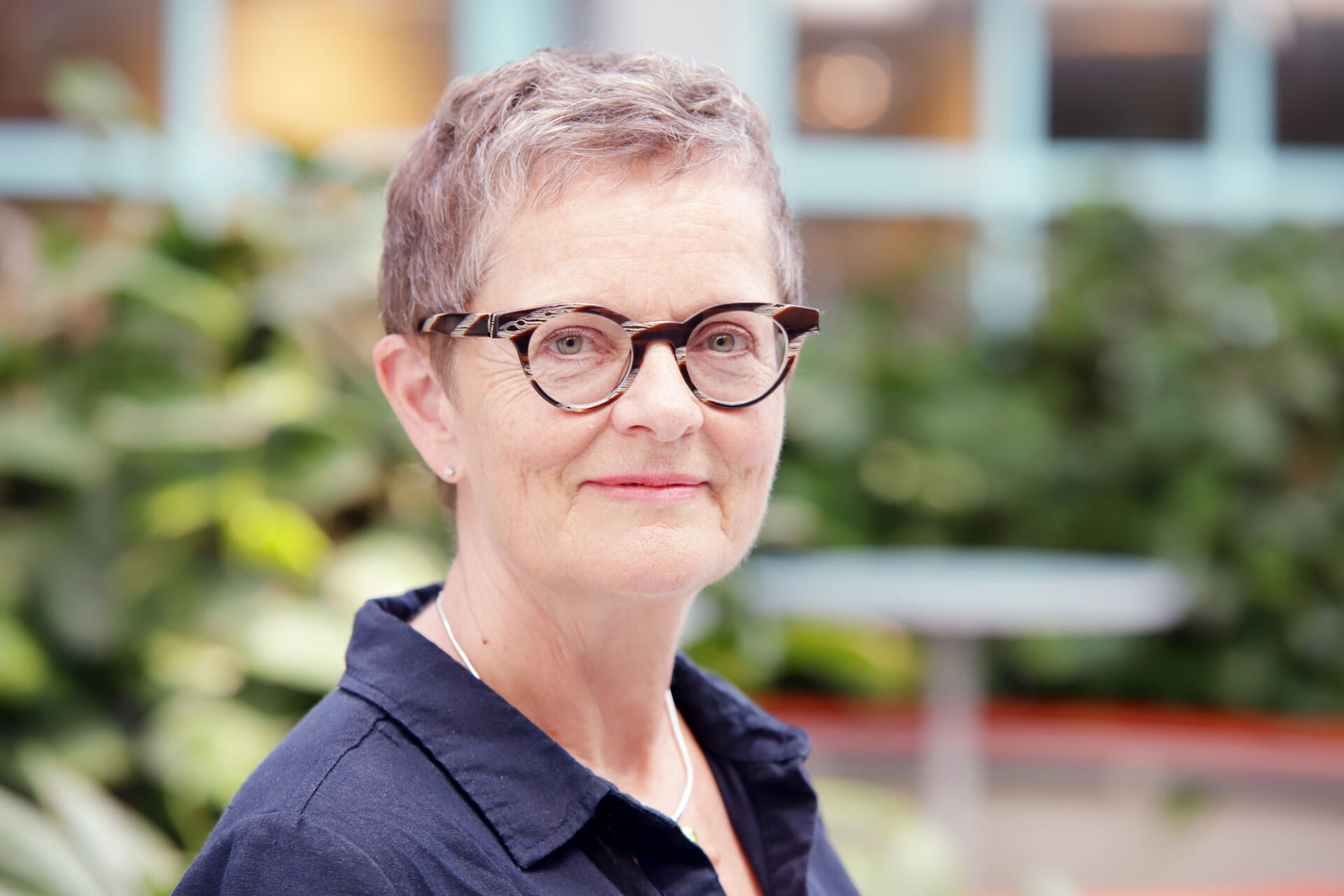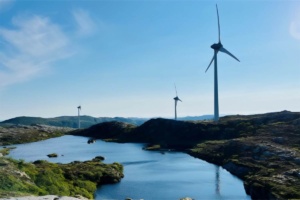SINTEF is participating at COP as an independent observer, committed to advancing sustainable climate and energy solutions. To support this goal, we are providing advice to climate negotiators on 15 key areas with the potential to significantly reduce emissions.
Recommendations for an efficient power grid
- Prioritise investments in R&D Smart Geb technologies. This will increase grid hosting capacity quickly, reduce the cost of infrastructure development, and result in less encroachment on nature.
- Introduce flexible criteria for grid operation that will allow higher capacity utilisation without compromising security of supply.
- Enable energy consumers and producers, and local energy communities to contribute to improved utilisation of the power grid.
- Develop regulations that facilitate investments in local energy production and flexibility globally, and ensure that tariff structures reflect real costs with a fair distribution.
- Ensure common standards and share best practices across national borders, as part of the international cooperation needed to realise electrification, grid development and smarter grids.
Problem
As electrification increases, both Europe and the world face significant challenges in ensuring a resilient, flexible and sustainable power supply. The power grid is the backbone of the energy system of the future, and large-scale investment and modernisation is required to integrate large amounts of renewable and distributed power production as well as account for new electricity consumption in industry, transport and other sectors.
According to DNV, the need for grid capacity will increase globally by a factor of 2.5, and the annual investment need will more than double by 2050. Increased variable renewable electricity production, such as wind and solar, creates a greater need for flexibility so that we can balance production and consumption. Today’s power grid often does not have sufficient capacity to handle large amounts of variable renewable energy, leading to bottlenecks, increased prices and the risk of power outages.
At the same time, ensuring security of supply is vital at a time when natural disasters are becoming more likely due to climate change, and the global energy system is becoming more complex due to renewable energy sources, digitisation and new players such as flexibility suppliers and local energy communities. The grid is also facing new threats, such as cyber- attacks and extreme weather, reinforcing the need for extensive improvements. As such, delayed grid development can slow society’s transition to low emissions and threaten the achievement of our climate goals.
Solution
Addressing these challenges requires us to first make the power grid smarter through digitisation and automation. By using sensors, intelligent components and advanced communication and management systems, we can optimise the use of the existing grid and increase capacity without having to build more physical infrastructure than is necessary. Digitisation will also make it easier to monitor and control the grid in real time in order to prevent errors and handle overloads more effectively.
Secondly, we must adopt risk-based grid operation. Today’s conservative N-1 practice used by all system operators in Europe requires reserves to handle individual component failures. This should be supplemented with more flexible, risk-based criteria that balance the security of supply with socio-economic costs. This change will enable the grid to be used much closer to its actual capacity limits and reduce unnecessary capacity restrictions.
Finally, we must promote local solutions that utilise flexibility resources. Flexible power production, storage and consumption, both by individual users and in local energy communities, can help to balance the system and reduce bottlenecks. By facilitating local production and consumption, we can reduce the need for large grid developments while promoting local value creation.
By digitising the grid, adopting new technologies and utilising flexibility, we can increase the capacity of the current grid by 20-25%. Over the next few years, there will be massive investments in new grids globally, which will make it even more important to increase the capacity of existing grids.
Main COP29 recommendation: International research communities and industrial partners are developing technologies to reduce emissions and advance the energy transition, and we strongly recommend establishing a global North-South R&D program with open, competitive calls to ensure a fair, accelerated path to a sustainable economy.











Comments
No comments yet. Be the first to comment!